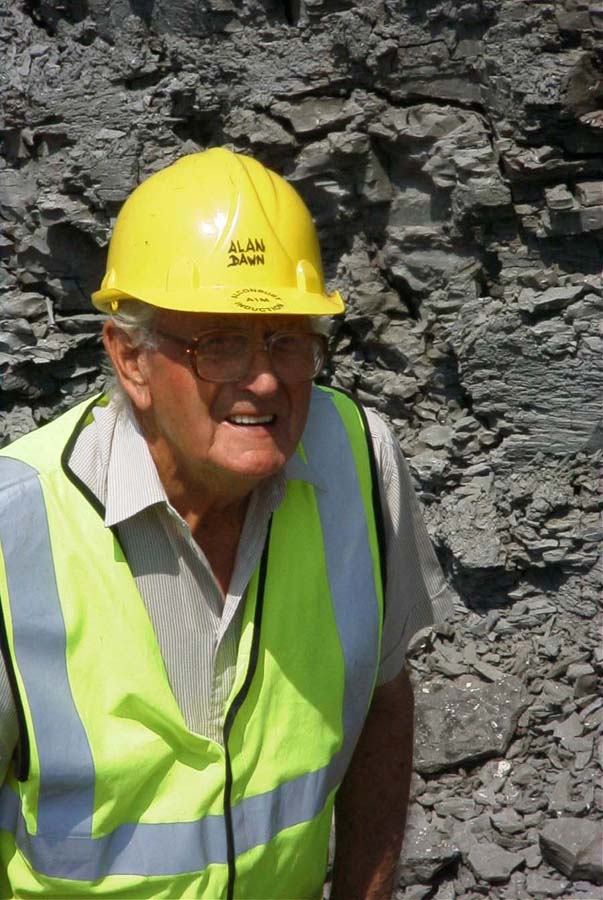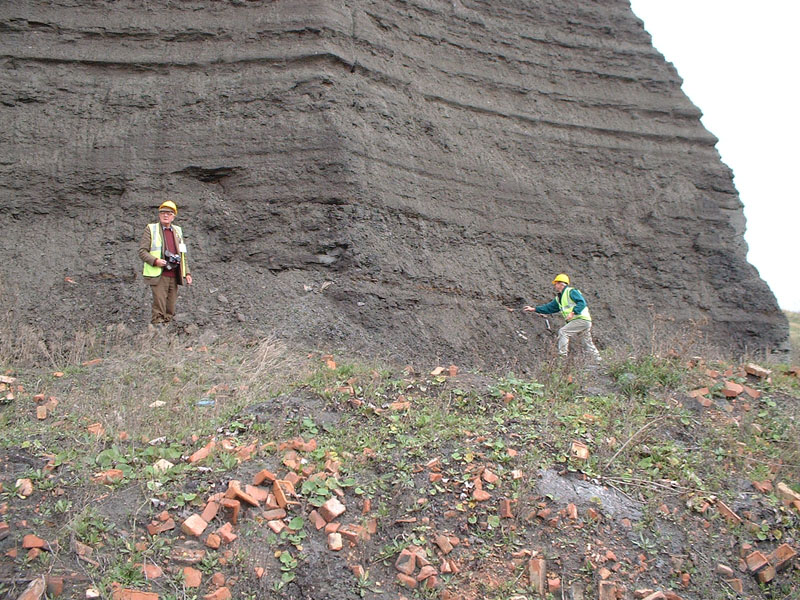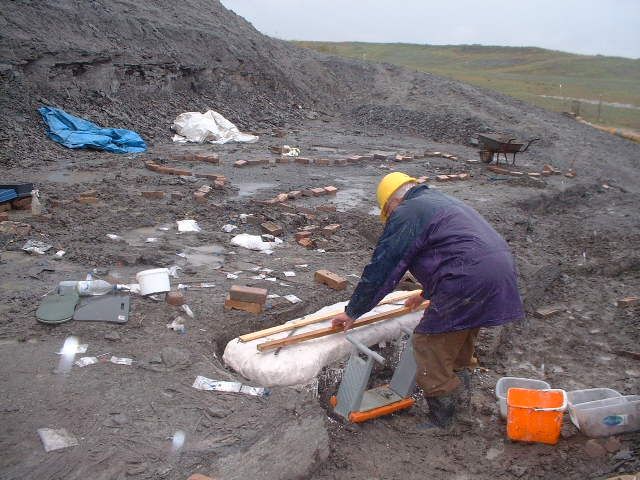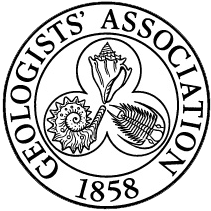
This piece of art was unveiled in Stamford on 9th December 2021, inspired by and commemorating Alan Dawn - a long-time volunteer at Peterborough Museum.
The work, called Stamford's Stone Heritage by Jason Duckmanton, was commission by the local non-profit arts organisation Art Pop-Up, supported by the Arts Council.
Alan was the founder of the The Stamford and District Geological Society and for many years, was instrumental in helping us care for and add to our important collection of Jurassic fossils.
One of the plesiosaurs he discovered - Pachycostasaurus dawnii - was named after Alan and is currently on display in the museum gallery. It is one of several new species named for him from the Oxford Clay.
If you're passing by the museum, pop in to take a look at Alan's discovery for yourself.
I've added words from Jeff LIston, whom many of you know, about Alan on his death in 2010 below. I had known Alan for a while before his involvement in the fish dig through my friend and mentor Arthur Cruickshank, who coauthored the paper describing Pachostasaurus, and in the museum in Peterborough where I studied some of the specimens he had found.
Richard Forrest 31st December 2021
Alan Dawn 1923-2010

Many of you will by now have heard the sad news of the recent passing of Alan Dawn, President of the Stamford and District Geological Society. Born into a farming family in 1923, he attained (after wartime call-up to the Royal Navy) a degree in geography at nearby Sheffield University, which led to a career in teaching, bringing him to Stamford in 1961. Shortly after arriving, he became interested in geology, and began taking adult education classes in the subject (later being asked to give the classes himself). By 1982 he and his wife Pauline had channelled that enthusiasm into forming the Stamford and District Geological Society.
To an extent, it was with his retiral from teaching that his palaeontological career hit its stride, volunteering with Peterborough Museum (with which he shall always be associated) to obtain, mount, prepare and cast local fossil material, both Pleistocene mammal and the marine fauna of the Middle Jurassic Oxford Clay (several taxa of which have been named in his honour), and thus linking the engine of the Stamford and District Geological Society to that institution. As a result, in 1990 he became the first recipient of The Palaeontological Association's Mary Anning Award for Amateur Palaeontologists and in 1994 he was awarded the Foulton Medal from the Geological Association.
 22nd October 2001, prospecting the Star Pit, with the bed (being touched by Dave Martill right) yielding the remains of Leedsichthys between Alan & Dave
22nd October 2001, prospecting the Star Pit, with the bed (being touched by Dave Martill right) yielding the remains of Leedsichthys between Alan & Dave
Although I had met him on several occasions before, it was only really with the Star Pit dig and his links to Dave Martill (the two of them regularly went collecting together) that I got to know him personally. A stalwart contributor to that excavation, he clocked up 41 days in the effort to recover the most complete specimen of Leedsichthys problematicus known. He acted as the main liaison with Hanson Brick (the owners of the pit), and was extremely effective in local fund-raising in order to get the dig to continue for as long as it did. When we finally closed the dig in Autumn 2003, most of us felt that the 2,300 separately collected parts of that specimen would remain carefully covered in Paraloid B72 in their plaster jackets in storage under the aegis of Peterborough Museum in perpetuity. And yet earlier this year Alan was able to report to me that he had started work with his team on preparing the last specimen (the one and a half metre long exceptionally fragile left pectoral fin) from its plaster jacket. That is a truly phenomenal quantity of hours of voluntary work, and a stunning achievement.
His role as a teacher, and his zeal for spreading enthusiasm about palaeontology (as well as orchids) never left him, as anyone who went on his field-trips, or brought him specimens for identification, could testify
I last spoke to him a couple of weeks ago - he called up to say he was attending a talk in Leicester, and wondered if I could bring the last of the Star Pit bones (which I had borrowed to study some years earlier) back down to him so that they could be returned to Peterborough Museum. So when I turned up at Leicester University on October 20th, I was somewhat anxious that Alan was not present in the audience, and wondered if his luck at dodging the bullets of major medical problems (cancer, hip replacements, etc.) for decades had finally run out. Although he thought he was suffering from flu, it was later diagnosed as pneumonia. He appeared to recover, so was moved out of the high dependency unit, only to die in his sleep on Saturday night in Peterborough District Hospital.

Alan Dawn plastering the right pectoral fin in the rain at the Star Pit, August 2002
Alan Dawn was a legendary character, and Oxford Clay palaeontology has been greatly enriched by his huge personal contribution. We mourn his passing.
Jeff Liston (5th November 2010)
 Affiliated to the Geologists' Association
Affiliated to the Geologists' Association